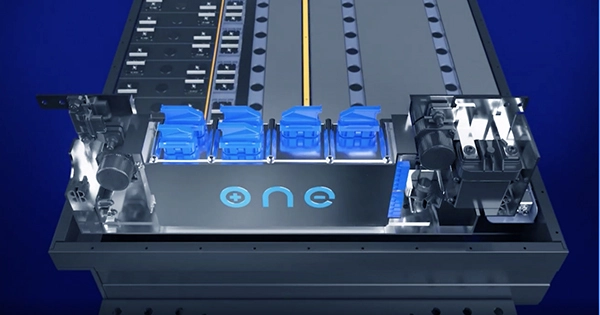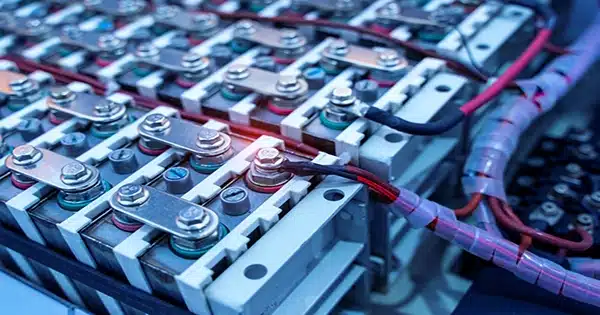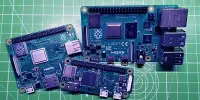Researchers at Harvard’s John A. Paulson School of Engineering and Applied Sciences (SEAS) have invented a novel lithium metal battery that can be charged and drained at least 6,000 times—more than any existing pouch battery cell—and recharged in minutes.
The study not only reveals a new method for making solid-state batteries with a lithium metal anode, but it also provides new insight into the materials employed in these potentially revolutionary batteries.
The findings are published in Nature Materials.
“Lithium metal anode batteries are considered the holy grail of batteries because they have ten times the capacity of commercial graphite anodes and could drastically increase the driving distance of electric vehicles,” said Xin Li, Associate Professor of Materials Science at SEAS and the paper’s senior author. “Our research is an important step toward more practical solid-state batteries for industrial and commercial applications.”

One of the most difficult aspects of designing these batteries is preventing dendrites from forming on the anode surface. These structures spread like roots into the electrolyte, piercing the barrier between the anode and cathode, causing the battery to short-circuit or even catch fire.
These dendrites form as lithium ions migrate from the cathode to the anode during charging and connect to the anode’s surface, a process known as plating. Plating on the anode produces an uneven, non-homogeneous surface, similar to plaque on teeth, which allows dendrites to take root. When discharged, the plaque-like coating must be removed from the anode, and when plating is uneven, the stripping process can be lengthy, resulting in potholes that cause even more uneven plating in the next charge.
In 2021, Li and his team proposed a solution to dendrites by creating a layered battery that sandwiched several materials with varying stabilities between the anode and cathode. This multilayer, multi-material architecture avoided lithium dendrite penetration by regulating and containing them rather than completely blocking them.
In this new study, Li and his colleagues use micron-sized silicon particles in the anode to limit the lithiation reaction and allow the uniform plating of a thick layer of lithium metal.
When lithium ions migrate from the cathode to the anode during charging, the lithiation reaction is constrained at the shallow surface, causing the ions to adhere to the silicon particle’s surface but not penetrate any farther. This contrasts sharply with the chemistry of liquid lithium-ion batteries, in which lithium ions penetrate deep lithiation reactions and eventually destroy silicon particles in the anode.
However, in a solid-state battery, the ions on the silicon’s surface are confined and go through a dynamic process called lithiation, which forms lithium metal plating around the silicon core.
“In our design, lithium metal gets wrapped around the silicon particle, like a hard chocolate shell around a hazelnut core in a chocolate truffle,” he explained.
These coated particles form a homogeneous surface with equally distributed current density, avoiding dendrite development. Furthermore, because plating and stripping may occur quickly on a flat surface, the battery can recharge in approximately 10 minutes.
The researchers created a postage stamp-sized pouch cell version of the battery, which is 10 to 20 times larger than the coin cells used in most university laboratories. The battery maintained 80% of its capacity after 6,000 cycles, beating other pouch cell batteries on the market today. Added Energy, a Harvard spinoff firm co-founded by Li and three Harvard alumni, has received a license to use the technology from the Harvard Office of Technology Development. The business has expanded the technology to create a smartphone-sized pouch cell battery.
Li and his team also studied the features of silicon that allow it to limit lithium diffusion, facilitating a dynamic process that favors homogenous thick lithium plating. They then created a unique property descriptor to describe such a process and calculated it for all known inorganic materials. In doing so, the scientists discovered dozens of different materials that may potentially provide comparable results.
“Previous research had found that other materials, including silver, could serve as good materials at the anode for solid state batteries,” he said. “Our research explains one possible underlying mechanism of the process and provides a pathway to identify new materials for battery design.”
The study was co-authored by Luhan Ye, Yang Lu, Yichao Wang, and Jianyuan Li.















